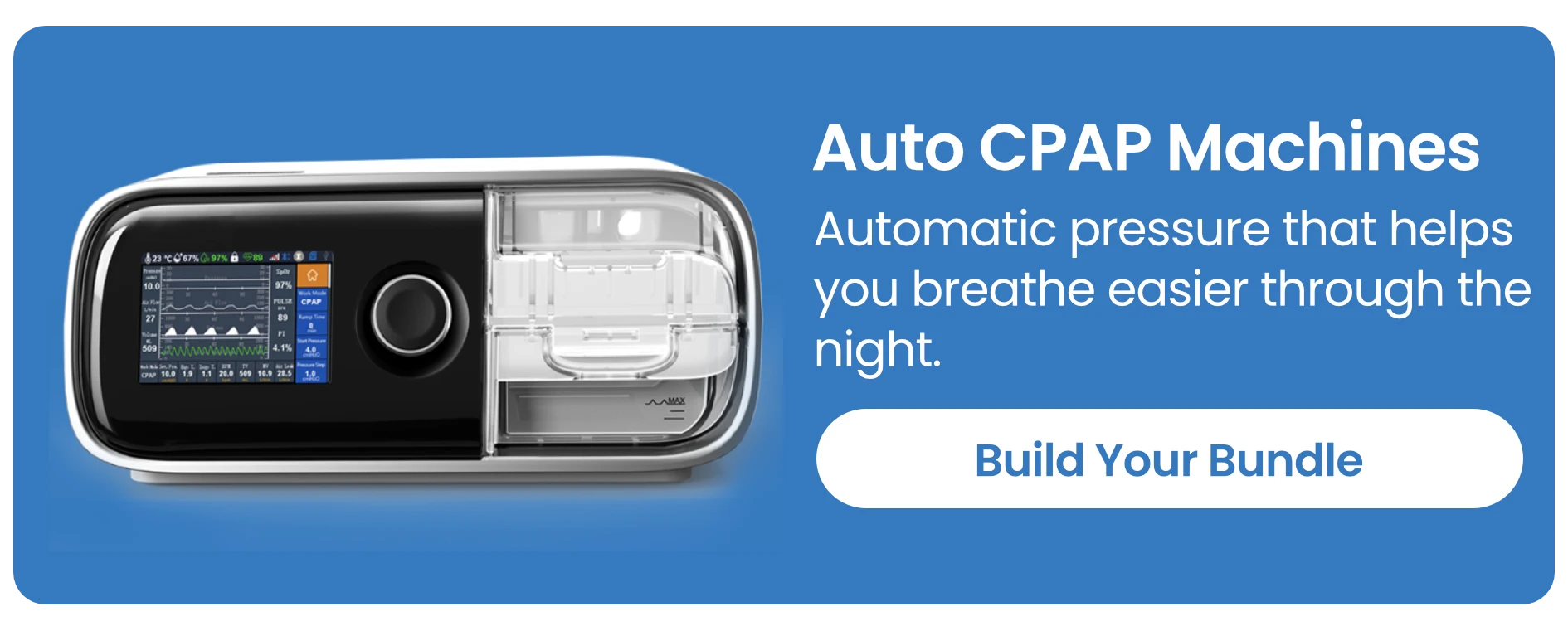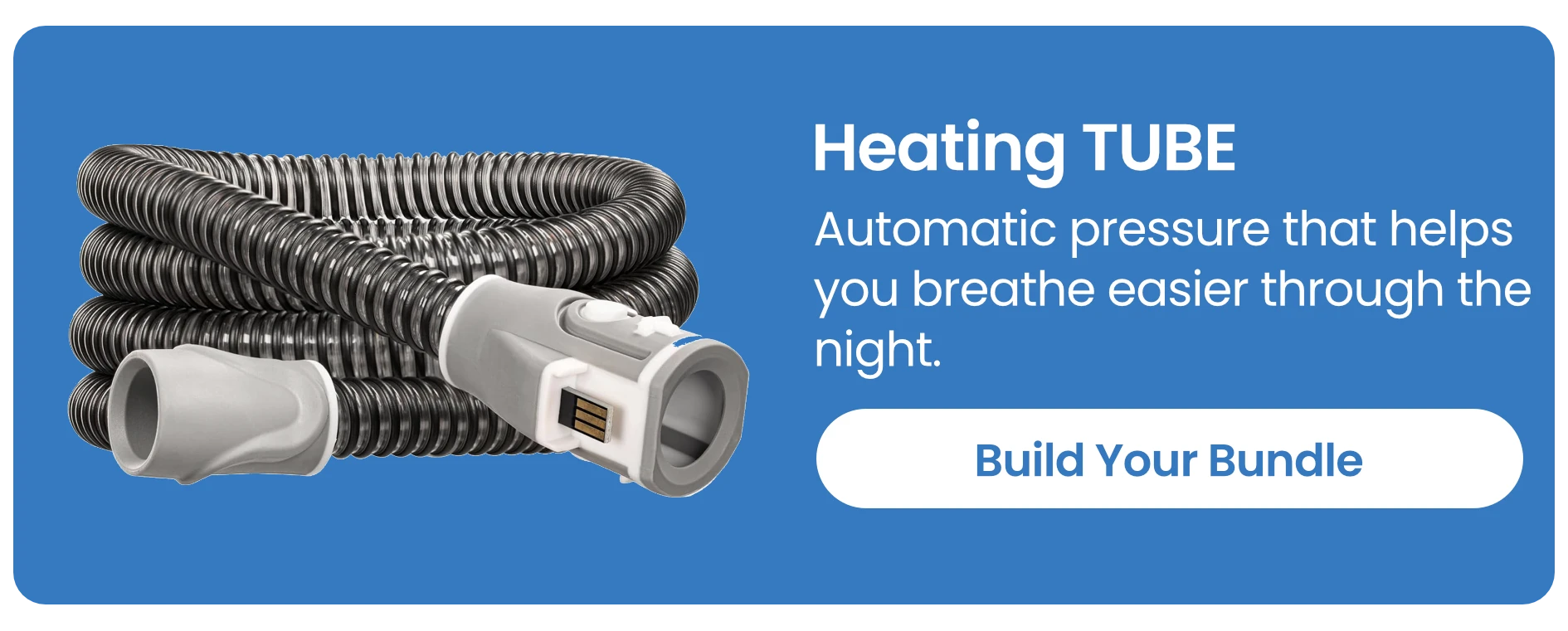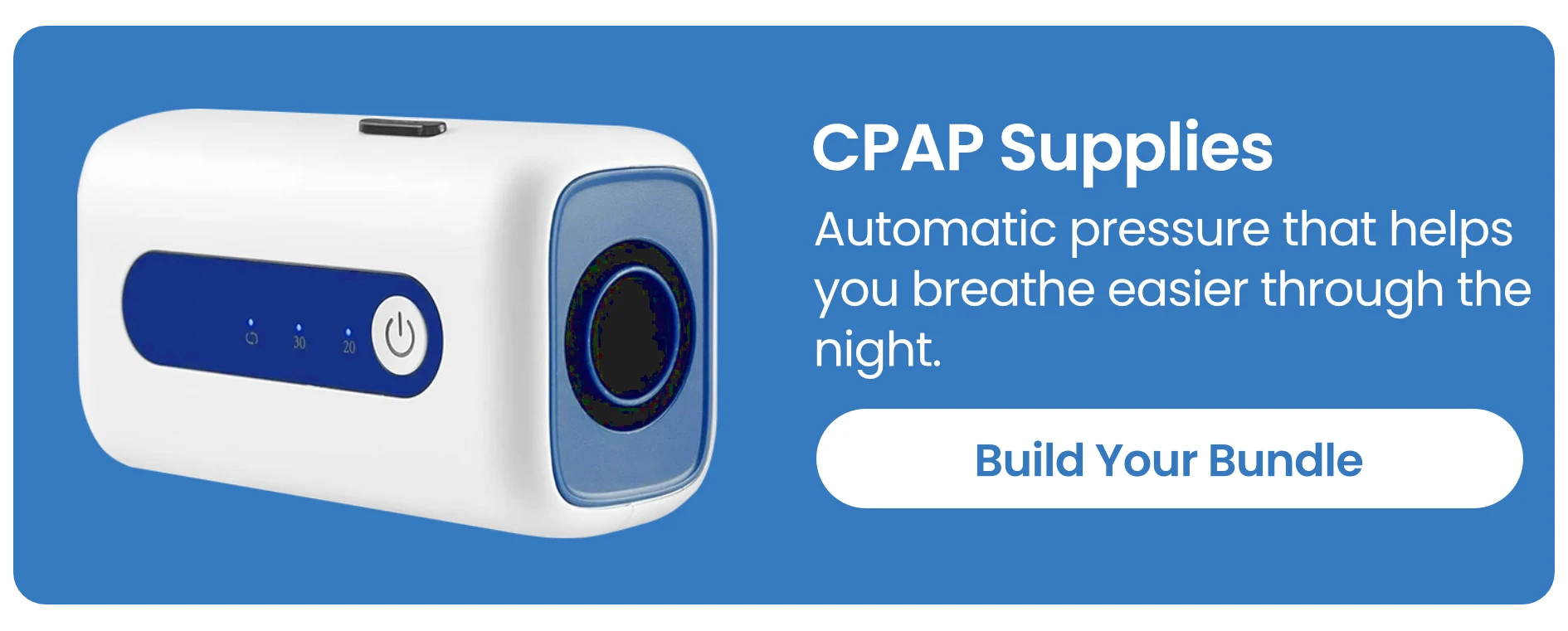Sleep Apnea in the Trucking Industry: Shocking Facts, Risks & Solutions


The trucking industry keeps our economy moving, but behind the wheel, many drivers face a hidden health crisis: sleep apnea. This condition not only affects their personal well-being but also poses serious risks to road safety. With long hours, irregular schedules, and limited access to healthcare, truck drivers are among the most vulnerable groups when it comes to sleep disorders. Understanding sleep apnea in the trucking industry is vital for creating safer roads and healthier drivers.
What is Sleep Apnea? A Quick Medical Overview
Sleep apnea is a sleep disorder where breathing repeatedly stops and starts during sleep. The most common form, obstructive sleep apnea (OSA), occurs when throat muscles relax and block the airway. This disruption leads to poor-quality sleep, reduced oxygen intake, and chronic fatigue.
For truck drivers, this isn’t just about snoring—it’s about their ability to stay alert, react quickly, and make life-saving decisions on the road.
Why Truck Drivers Are at Higher Risk for Sleep Apnea
Lifestyle and Work Schedule Factors
Truckers often work irregular hours, drive overnight shifts, and sleep in less-than-ideal environments. This lack of a consistent sleep pattern increases the risk of developing sleep disorders.
Obesity and Health Risks in Trucking
Studies show that obesity is one of the strongest risk factors for sleep apnea, and unfortunately, sedentary lifestyles combined with limited food options on the road make truckers more vulnerable.
Long Hours and Poor Sleep Quality
Even when drivers get sleep, it’s often fragmented or inadequate due to rest stops, tight schedules, and environmental disturbances, leading to compounded fatigue.
Signs and Symptoms of Sleep Apnea in Truck Drivers
Common Symptoms to Watch For
- Loud snoring
- Daytime fatigue and drowsiness
- Waking up gasping for air
- Difficulty concentrating
- Morning headaches
Impact on Daily Driving Performance
Sleep apnea can cause microsleeps—brief moments of nodding off behind the wheel. Even a few seconds of lost focus can have devastating consequences on highways.
The Dangers of Untreated Sleep Apnea on the Road
Increased Risk of Highway Accidents
Research shows truck drivers with untreated sleep apnea are five times more likely to be involved in serious accidents.
Cognitive Impairment and Fatigue
Lack of restful sleep leads to slower reaction times, poor decision-making, and impaired judgment—all dangerous for someone operating an 80,000-pound vehicle.
Long-Term Health Consequences
Beyond the road, untreated sleep apnea can lead to high blood pressure, heart disease, diabetes, and stroke, further complicating a trucker’s health.
Federal Regulations and Industry Guidelines
FMCSA Rules on Sleep Disorders
The Federal Motor Carrier Safety Administration (FMCSA) requires medical examiners to assess drivers for sleep apnea risk during Department of Transportation (DOT) physicals.
Employer Responsibilities and Screening Policies
Companies are increasingly adopting screening programs to identify at-risk drivers and ensure treatment compliance. This not only improves safety but also reduces liability.
Diagnosis and Testing for Truck Drivers
At-Home Sleep Tests vs. Sleep Clinics
Many truckers can undergo portable home sleep apnea tests, making it easier to diagnose without disrupting schedules. However, sleep clinics provide more comprehensive results.
DOT Medical Exams and Requirements
Drivers diagnosed with sleep apnea must show they are managing the condition effectively (often with CPAP compliance) to maintain their CDL.
Treatment Options for Sleep Apnea in Truckers
CPAP Therapy: The Gold Standard
Continuous Positive Airway Pressure (CPAP) machines keep airways open, helping drivers get deep, restorative sleep.
Lifestyle Changes for Better Sleep
- Weight management
- Healthy eating on the road
- Regular exercise
- Sleep hygiene improvements
Alternative Treatments and Emerging Technologies
For some, oral appliances or surgical interventions may be alternatives. New wearable devices are also making treatment more accessible.
How Employers Can Support Drivers with Sleep Apnea
Awareness Programs and Education
Providing information about the signs and risks of sleep apnea can encourage drivers to seek help.
Providing Resources and Access to Healthcare
Some companies cover sleep studies and CPAP costs, reducing the financial barrier for drivers.
Success Stories: Truckers Who Overcame Sleep Apnea
Countless drivers have shared how CPAP therapy and lifestyle changes gave them better sleep, more energy, and safer driving experiences. Their stories highlight the possibility of overcoming sleep apnea without losing their career.
Frequently Asked Questions (FAQs)
Q1: Can truck drivers lose their CDL because of sleep apnea?
No. Drivers won’t lose their CDL if they comply with treatment and show improvement.
Q2: What is the DOT’s stance on untreated sleep apnea?
DOT requires drivers to be medically qualified. Untreated sleep apnea may disqualify someone from driving.
Q3: How can truckers get tested for sleep apnea?
Through home sleep tests or overnight studies in certified sleep labs.
Q4: Is CPAP the only treatment available?
No. Alternatives include oral devices, surgery, and new technologies, depending on severity.
Q5: Does sleep apnea affect insurance or employment?
Many carriers provide coverage, and proactive treatment often improves job security.
Q6: Can lifestyle changes alone cure sleep apnea?
Not always, but they can significantly reduce symptoms and improve overall health.
Conclusion: Building a Safer Trucking Industry Through Sleep Health
Sleep apnea in the trucking industry isn’t just a personal health issue—it’s a public safety concern. By raising awareness, providing accessible testing, and encouraging treatment, both drivers and employers can play a role in making highways safer.
For truckers, managing sleep apnea doesn’t mean the end of their career—it means the beginning of healthier, safer, and more sustainable driving.
🔗 Recommended Resource: National Sleep Foundation – Sleep Apnea Information
















